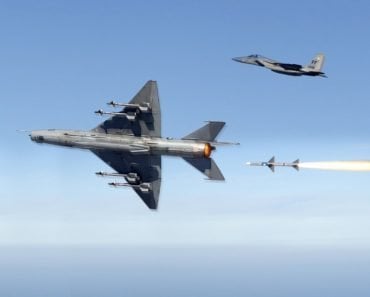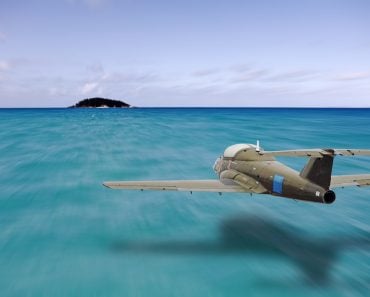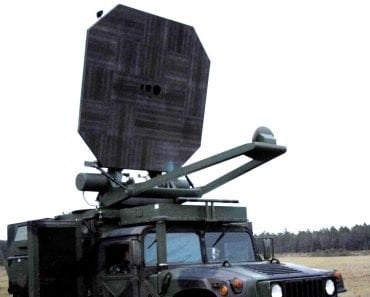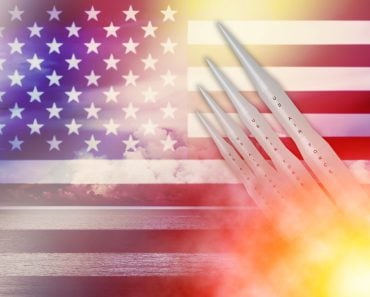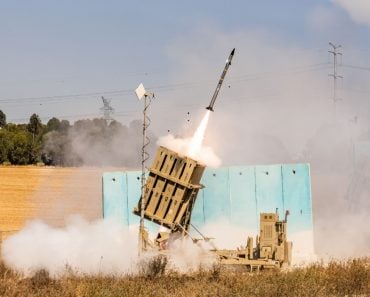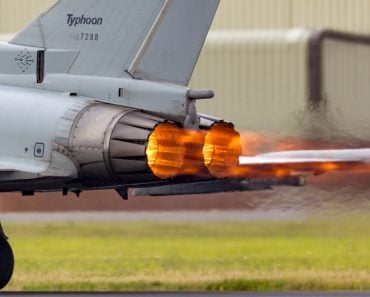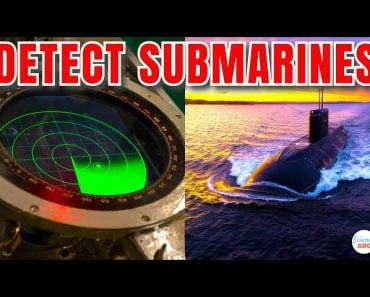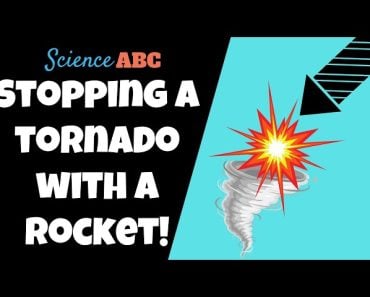Table of Contents (click to expand)
Decoy flares and chaff are countermeasures used to distract and confuse missiles. Decoy flares emit a bright heat source, while chaff creates a cloud of metallic particles to reflect radar signals.
Whenever I think or talk about flares, I am instantly reminded of an epic scene from the movie Behind Enemy Lines. In the scene, the protagonist and his friend are flying a reconnaissance mission when enemy forces fire two surface-to-air missiles (SAMs) at them.
When the pilot receives an alert that enemy forces are targeting their aircraft and a SAM missile is closing in on their position fast, the first thing he does is deploy decoy flares.
Here’s that particular scene to which I’m referring:
When I first watched the movie, I was fascinated by the shiny little fireballs that the aircraft fired at the oncoming missile. However, I did not understand what those little fireballs actually were, nor how they would prevent the missile from hitting the aircraft, given the fact that they were too small, individually, to account for the much larger SAM missile.
So, let’s start with decoy flares!
Recommended Video for you:
What Are Decoy Flares?
As a countermeasure, Decoy flares are released from aircraft to prevent incoming missiles from hitting them. These flares are burning objects made from unique materials that ignite instantaneously upon contact with the air. They are also known as pyrophoric flares. One type of decoy flare that is commonly used is the MU-27A/B flare.
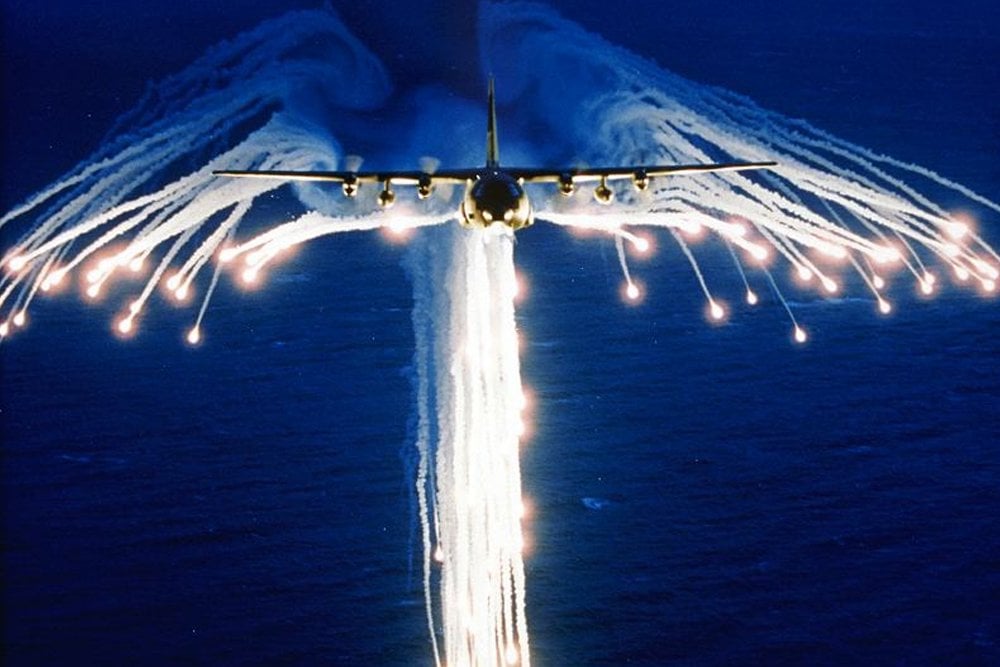
When a fighter jet is flying over enemy territory, and a heat-seeking missile is fired at it, the aircraft’s decoy flares can confuse the missile.
Since the missile is programmed to seek the heat released from the jet’s exhaust, the decoy flares are designed to burn at high temperatures. This confuses the missile as to the real position of its target.
After the decoy flares are fired, the aircraft should be pulled away at a sharp angle from where the flares were fired. The engine power should also be reduced to minimize the aircraft’s thermal signature.
This way, the missile would get ‘confused’ by the sudden change in temperature and the flurry of new heat signatures and, in response, will pursue the decoy flares rather than your plane itself.
The upshot? You and your plane would be saved!
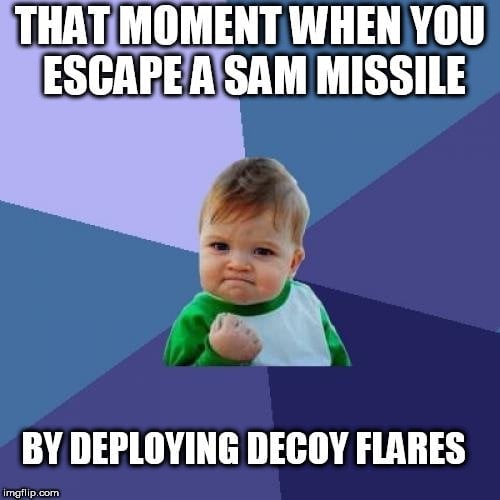
It’s important to note that not all missiles are heat-seeking. Some missiles track their target using radar guidance instead of heat, so deploying pyrophoric flares won’t help you escape them. A different type of countermeasure is required to counter radar-guided missiles.
Enter… chaff!
What Is Chaff?
Chaff is a type of radar countermeasure commonly used in modern warplanes and other targets to protect against radar-guided missiles. Chaff is a cluster of small, thin pieces of aluminum, metallic glass fiber, or plastic. When deployed by the target aircraft, it appears as a cloud of small targets to incoming radar-guided missiles.
Both airplanes and missiles are made of metal, which means they have a radar signature that enemy radar can locate with reasonable accuracy. A typical radar-guided missile homes in on its target by following its radar signature.
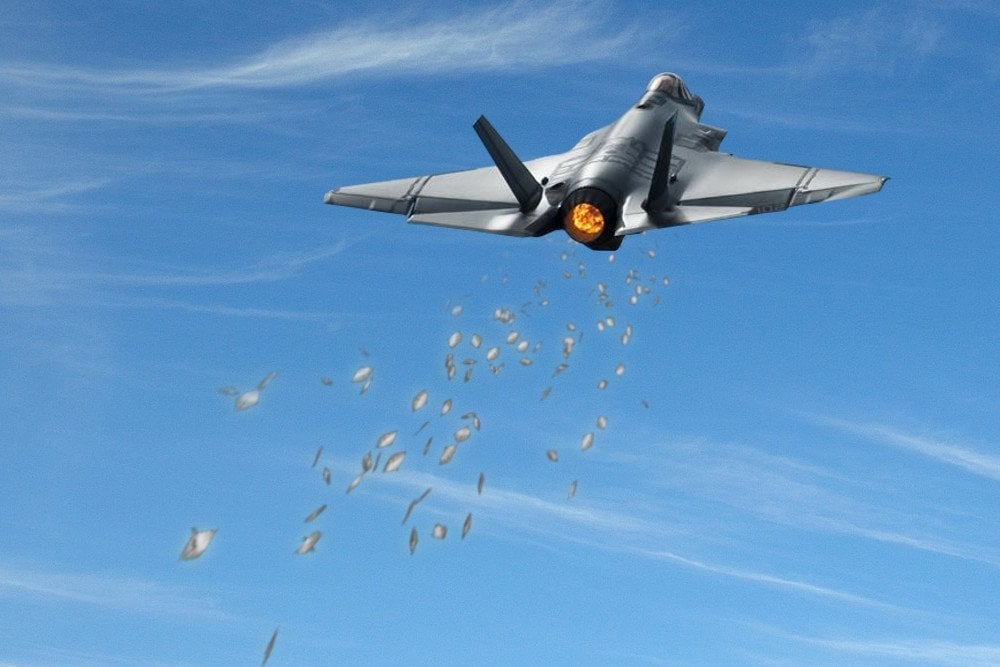
However, when a cluster of small metal pieces is jettisoned in the aircraft’s wake, the pursuing radar-guided missile gets confused by the sudden increase in the radar signature of multiple small, metallic targets. Consequently, if the aircraft is lucky, the missile will end up hitting one of the chaff targets, exploding, and no longer threatening the plane and its occupants.
However, the story doesn’t end here.
Modern-day missiles are equipped with advanced counter-countermeasure (CCM) systems. These systems are designed to ensure that the missiles can overcome any countermeasures they might encounter on their way to the target.
The weapons industry is essentially caught up in a perpetual war between missile and countermeasure engineers, each striving to create increasingly superior systems to outsmart the other.
Last Updated By: Ashish Tiwari
References (click to expand)
- Chaff Cloud Modeling and Electromagnetic Scattering ....
- Cheng, Chi-Hao, and James Tsui. "7 Chaff, Flare, and Decoys." (2021): 113-119.
- TITLE Principles of Guided Missiles and Nuclear Weapons. ....
- NASA Technical Reports Server (NTRS).
- Wu, Xianli, Zizhong Qi, and Teng Long. "Research on applications of chaff." 2006 8th international Conference on Signal Processing. Vol. 4. IEEE, 2006.


